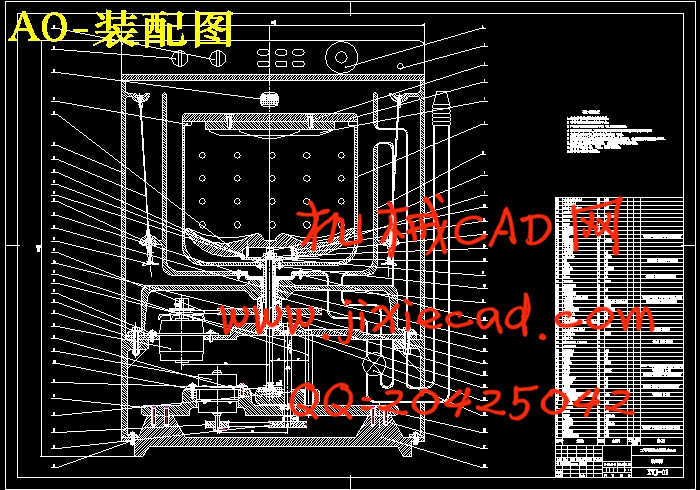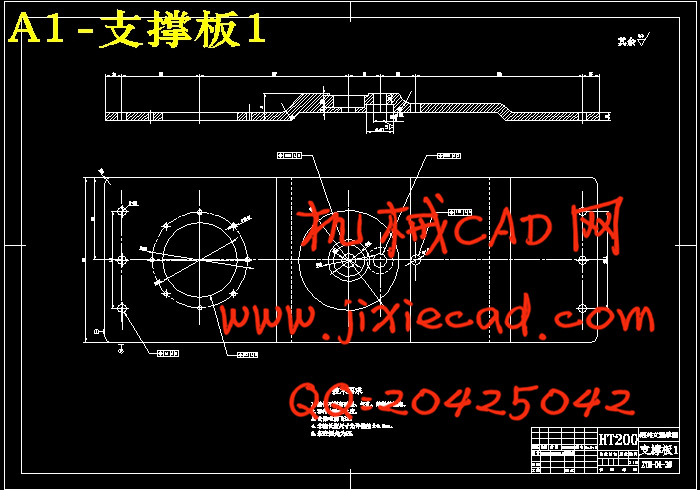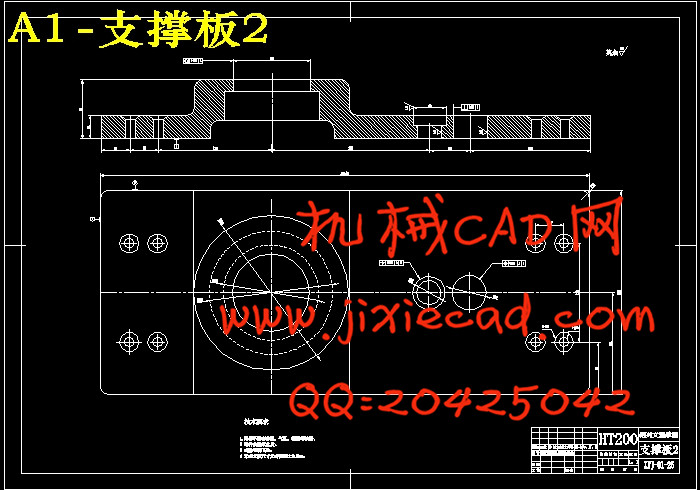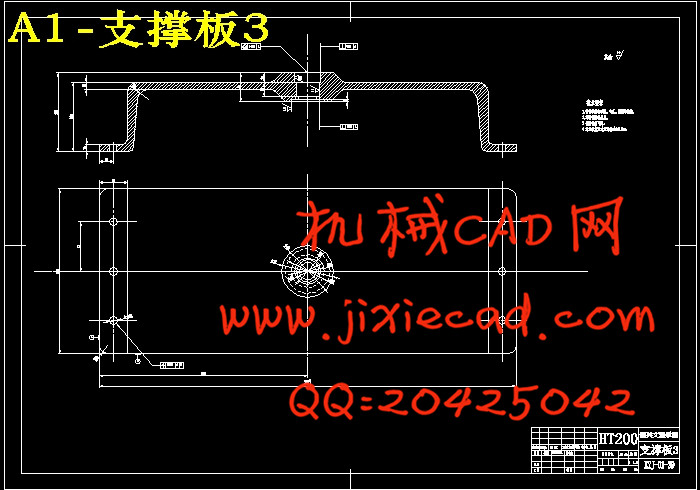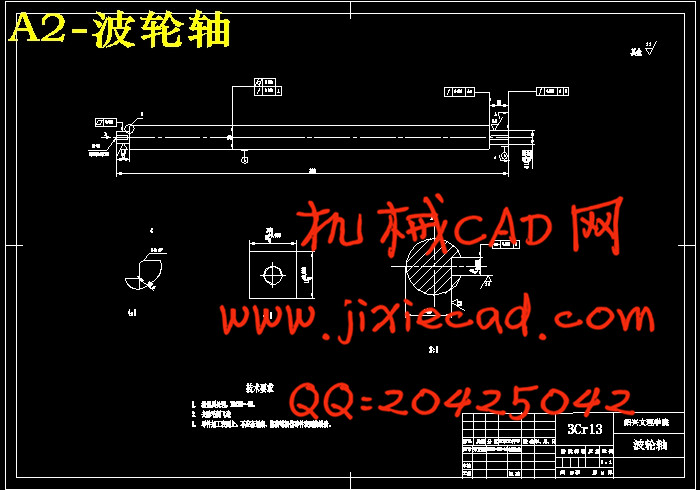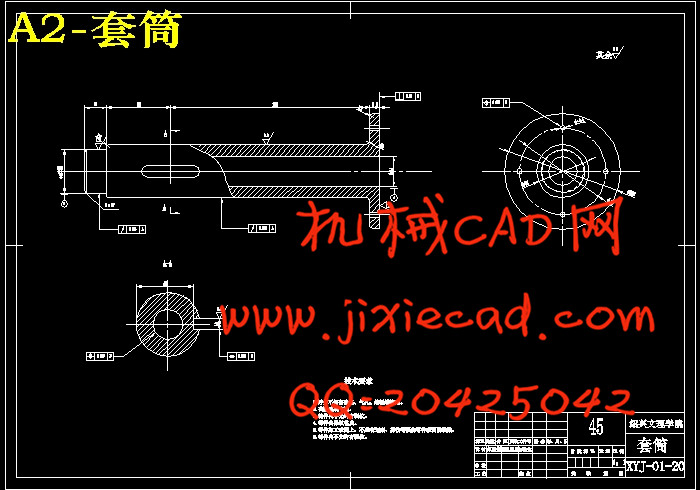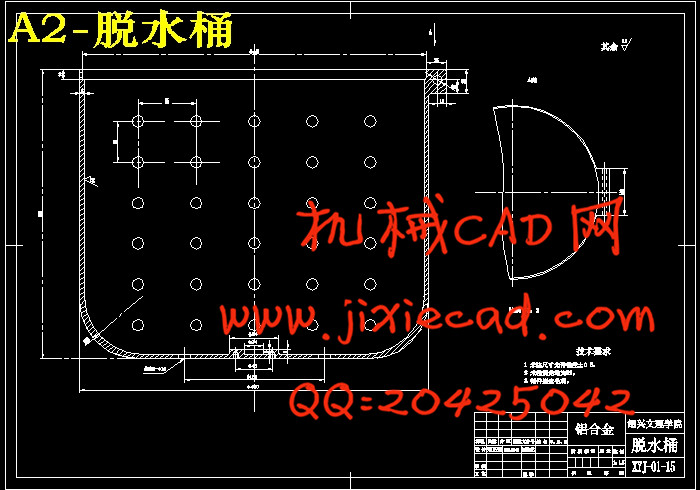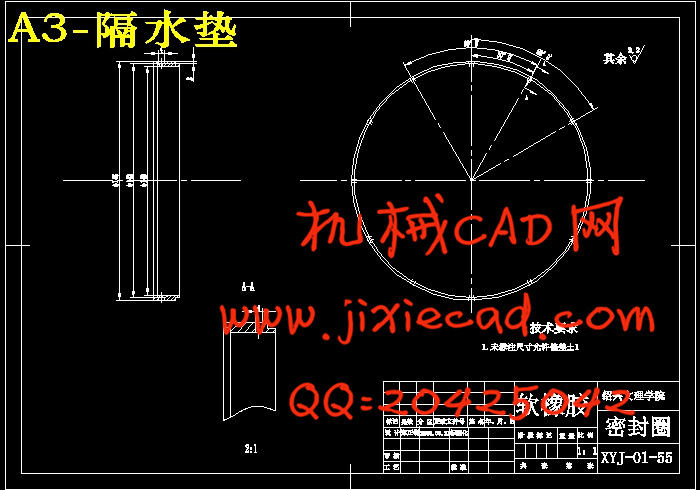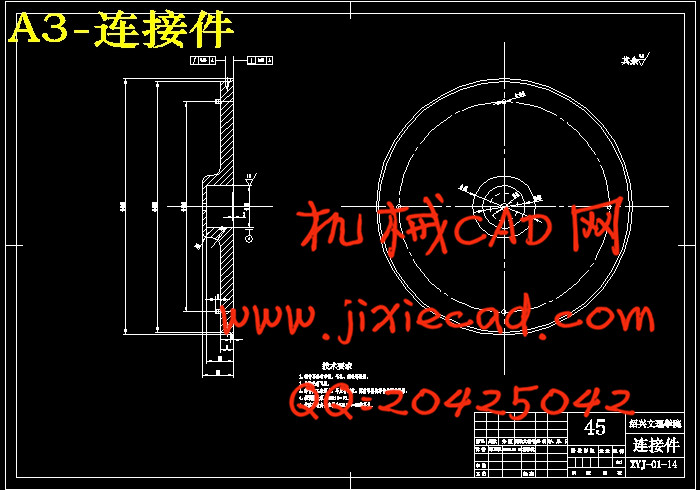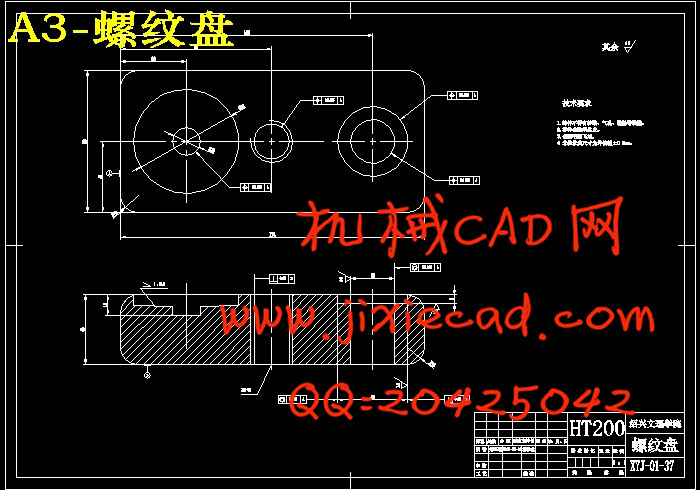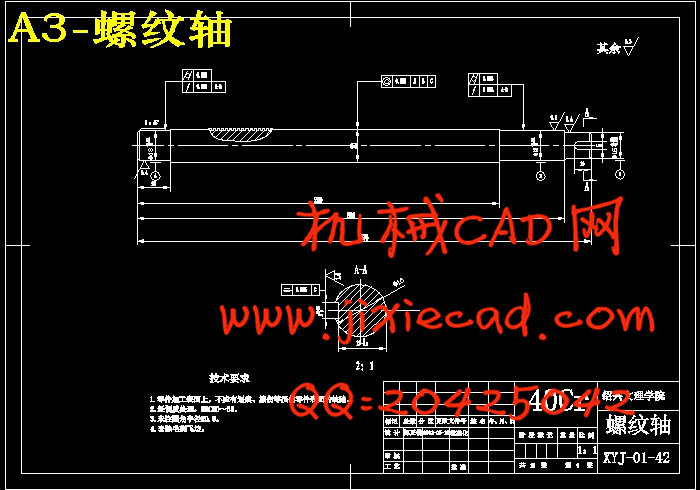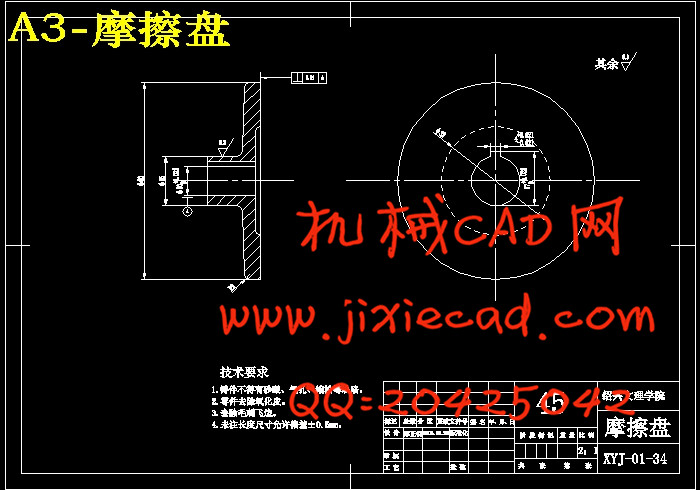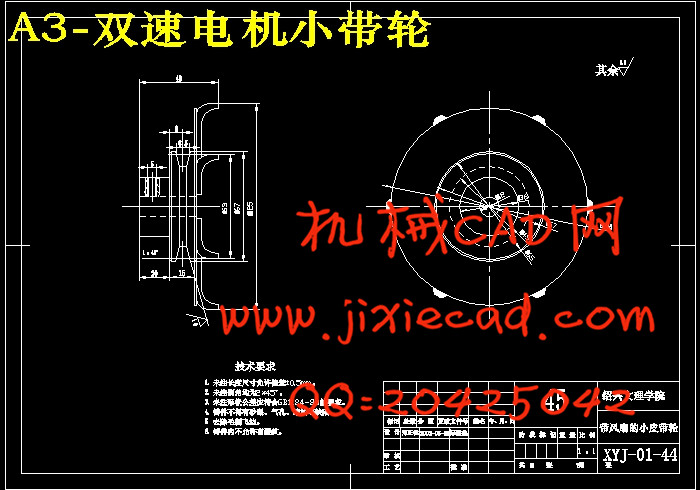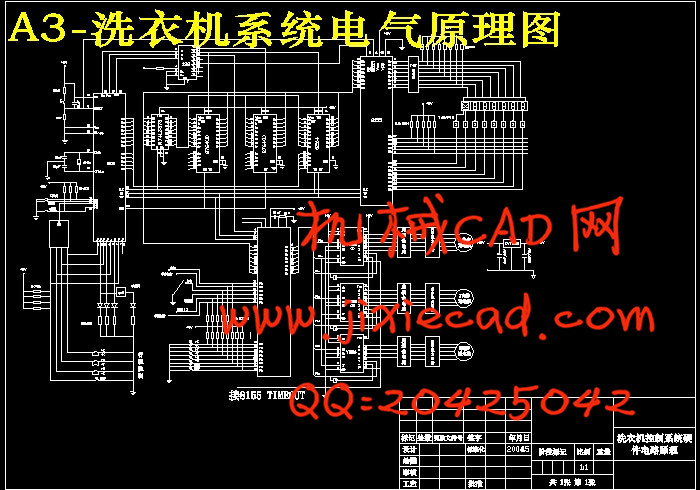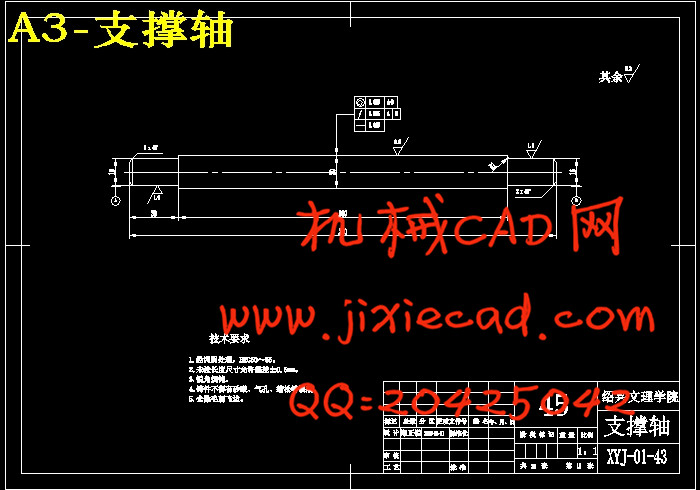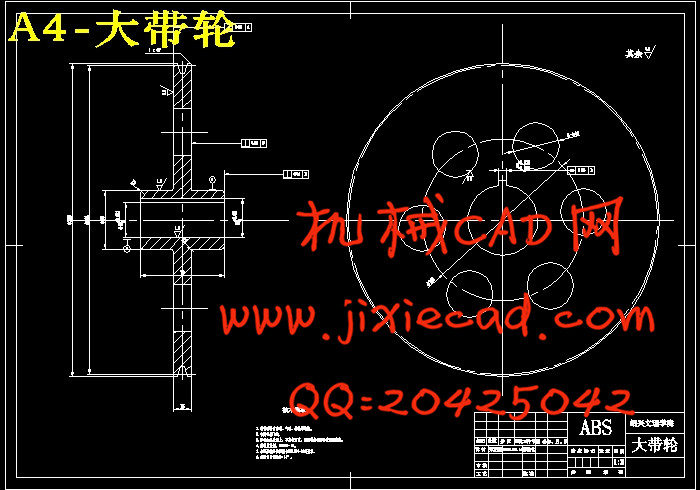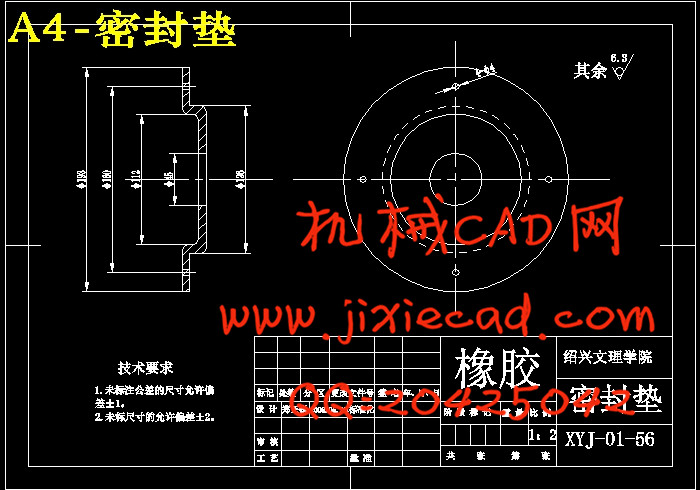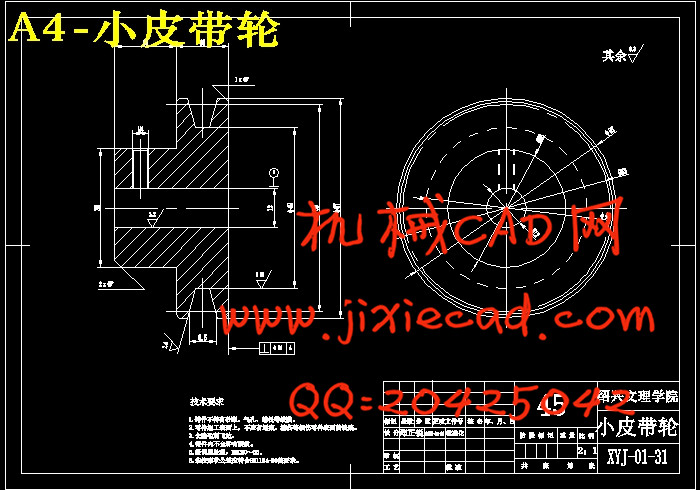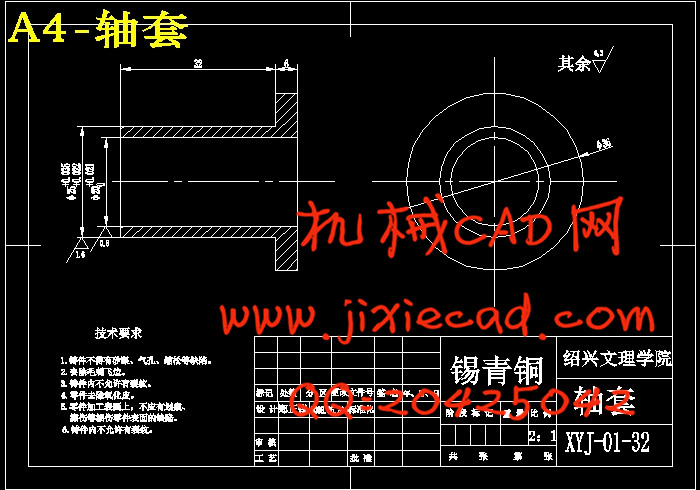设计简介
摘 要
现有的洗衣机中最为常见的为波轮式洗衣机和滚筒式洗衣机。波轮式洗衣机是依靠波轮的转动来带动衣物和洗涤液进行洗涤;而滚筒式洗衣机是依靠滚筒的连续转动或定时反向来洗涤衣物。由此可看出,这两种类型的洗衣机都是依靠单一的运动方式来洗涤衣物,而在此设计中将这两种洗涤方式揉和起来,将两种运动方式结合起来,增加了衣物在竖直方向上的运动。使衣物既能像在波轮式洗衣机中那样由波轮带动衣物进行洗涤又能像滚筒式洗衣机那样依靠水流的力量洗涤衣物,并且还可以像手洗那样对衣物进行揉搓,集各种洗涤方式于一身,对衣物进行更为彻底的洗涤。
关键词:波轮 滚筒 揉搓
英文摘要:The paper tells the relative actions between clothes and water are few in nowadays washing machines. The water moves followed the clothes or the clothes move followed water. The water in side the closes is very hard to exchange with external water. So the inside part of closes could not be washed cleanly. The design gets a type of washing machine which has a rotating plate like waving wheel. The rotating plate makes clothes moving inside water. The rotating plate could also move up and down. On the top of the tub, there is an elastic top plate. While the rotating plate moves to the template with clothes, the clothes will be crushed within certain strength. This can make water move in and out of closes again and again. And this will reach the purpose of getting rid of dirty things.
Keywords: crush rotating plate washing liquid
目 录
前 言 ··············································· 4
第一章 绪论···········································5
1.1 设计思想·································5
1.2 工作原理 ································5
第二章 洗衣机的原理、分类及驱动方式···················7
2.1 洗衣机的原理·····························7
2.2 洗衣机的分类·····························7
第三章 电动机的选择···································11
3.1 概论·····································11
3.2 洗涤电动机 ······························11
第四章 波轮的分类和选用·······························14
4.1 波轮的分类·······························14
4.2 波轮的参数及性能·························14
4.3 波轮形状及参数的选用·····················15
第五章 传动部分的设计计算·····························16
5.1 带传动的设计(一)·························16
5.2 带传动的设计(二)·························18
5.3 螺纹轴的设计······························19
5.4 波轮轴的设计······························24
第六章 相关部件的设计和安装说明·······················27
6.1洗衣机的底座及外壳··························27
6.2位开关和拨动开关····························27
6.3桶(盛水桶)及其安装························27
6.4桶的结构设计································28
结 论 ···············································29
致谢及参考文献 ··········································31
现有的洗衣机中最为常见的为波轮式洗衣机和滚筒式洗衣机。波轮式洗衣机是依靠波轮的转动来带动衣物和洗涤液进行洗涤;而滚筒式洗衣机是依靠滚筒的连续转动或定时反向来洗涤衣物。由此可看出,这两种类型的洗衣机都是依靠单一的运动方式来洗涤衣物,而在此设计中将这两种洗涤方式揉和起来,将两种运动方式结合起来,增加了衣物在竖直方向上的运动。使衣物既能像在波轮式洗衣机中那样由波轮带动衣物进行洗涤又能像滚筒式洗衣机那样依靠水流的力量洗涤衣物,并且还可以像手洗那样对衣物进行揉搓,集各种洗涤方式于一身,对衣物进行更为彻底的洗涤。
关键词:波轮 滚筒 揉搓
英文摘要:The paper tells the relative actions between clothes and water are few in nowadays washing machines. The water moves followed the clothes or the clothes move followed water. The water in side the closes is very hard to exchange with external water. So the inside part of closes could not be washed cleanly. The design gets a type of washing machine which has a rotating plate like waving wheel. The rotating plate makes clothes moving inside water. The rotating plate could also move up and down. On the top of the tub, there is an elastic top plate. While the rotating plate moves to the template with clothes, the clothes will be crushed within certain strength. This can make water move in and out of closes again and again. And this will reach the purpose of getting rid of dirty things.
Keywords: crush rotating plate washing liquid
目 录
前 言 ··············································· 4
第一章 绪论···········································5
1.1 设计思想·································5
1.2 工作原理 ································5
第二章 洗衣机的原理、分类及驱动方式···················7
2.1 洗衣机的原理·····························7
2.2 洗衣机的分类·····························7
第三章 电动机的选择···································11
3.1 概论·····································11
3.2 洗涤电动机 ······························11
第四章 波轮的分类和选用·······························14
4.1 波轮的分类·······························14
4.2 波轮的参数及性能·························14
4.3 波轮形状及参数的选用·····················15
第五章 传动部分的设计计算·····························16
5.1 带传动的设计(一)·························16
5.2 带传动的设计(二)·························18
5.3 螺纹轴的设计······························19
5.4 波轮轴的设计······························24
第六章 相关部件的设计和安装说明·······················27
6.1洗衣机的底座及外壳··························27
6.2位开关和拨动开关····························27
6.3桶(盛水桶)及其安装························27
6.4桶的结构设计································28
结 论 ···············································29
致谢及参考文献 ··········································31


